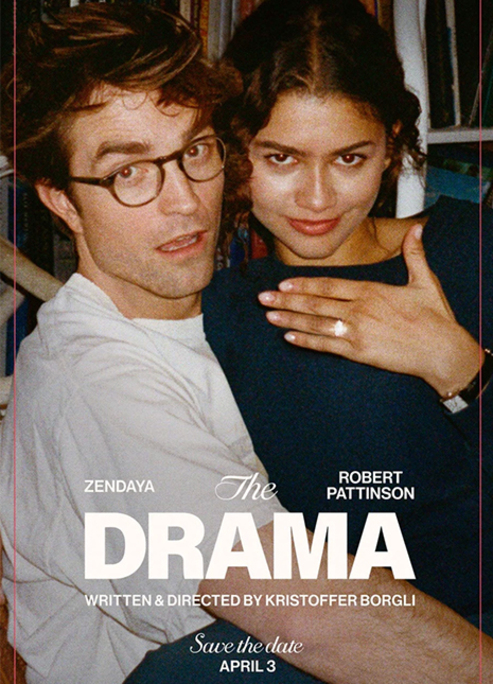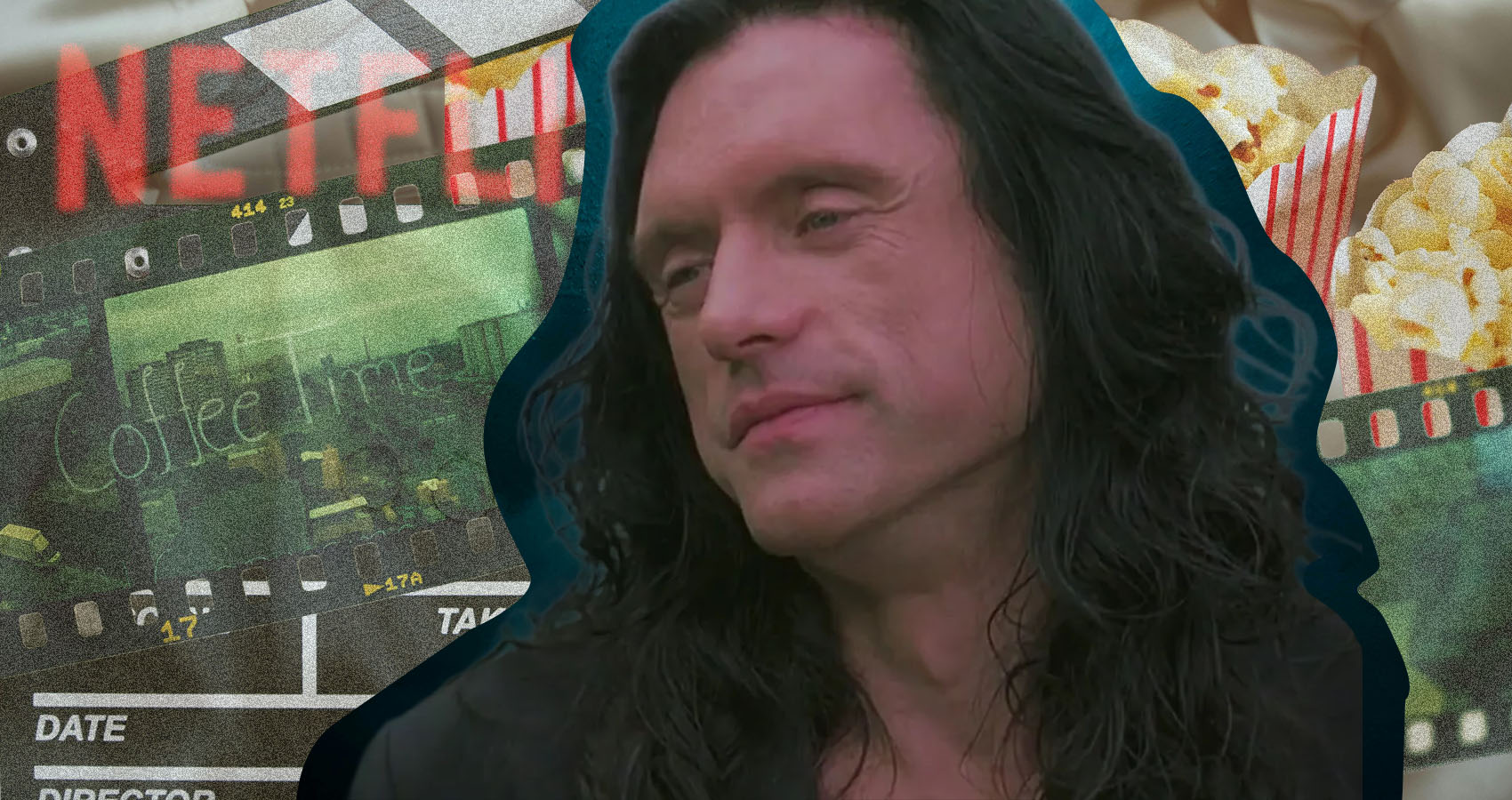
Why We Can’t Look Away From Bad Movies
So bad, it's good?
There’s something irresistible about a truly terrible film. Between the array of sci-fi disasters, uncomfortable comedy, and overly dramatised action, audiences have a bizarre tendency to flock to movies that critics unanimously slam. This is exemplified in recent War of the Worlds, starring Ice Cube. The movie has been dubbed the “worst of 2025” and yet hit number one on Amazon Prime when it came out. So, why do audiences like to watch the worst the movie industry has to offer?
Cult Classics Born from Failure:
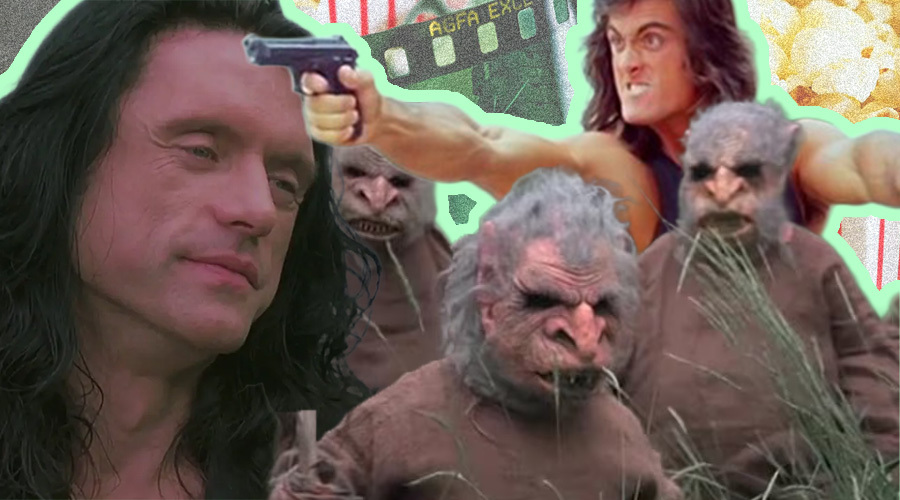
Some of the most famous bad films have earned devoted cult followings thanks to their spectacular missteps. Tommy Wiseau’s The Room is notorious for stilted dialogue, bizarre character behaviour, and nonsensical plotlines. Two decades after its release, it still draws audiences who quote lines and throw plastic spoons at the screen.
Similarly, Samurai Cop gained fame for awkward acting, over-the-top fight scenes, and inexplicably fake wigs. Even Troll 2, which bears almost no relation to its predecessor, thrives on sheer absurdity. In each case, the movie’s failure is part of its charm.
When Disaster Becomes Entertainment:
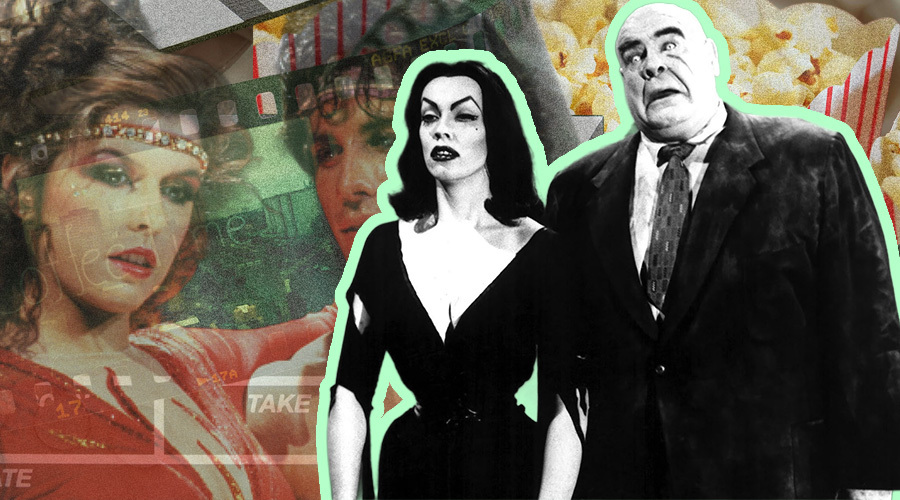
The appeal of bad films often lies in sincerity. Directors who genuinely try but fail can create a kind of “cinematic honesty” that polished blockbusters rarely have. Ed Wood’s Plan 9 from Outer Space and Sylvester Stallone’s Staying Alive are prime examples: the filmmakers’ earnest efforts shine through, even when the results are chaotic or absurd.
Additionally, there is a deeply social aspect to watching a bad film. Awkward dialogue, weird editing, and bad acting invite laughter, mockery, and shared commentary. Online discourse turns cinematic failure into a social experience.
Iconic Flops That Became Legendary:
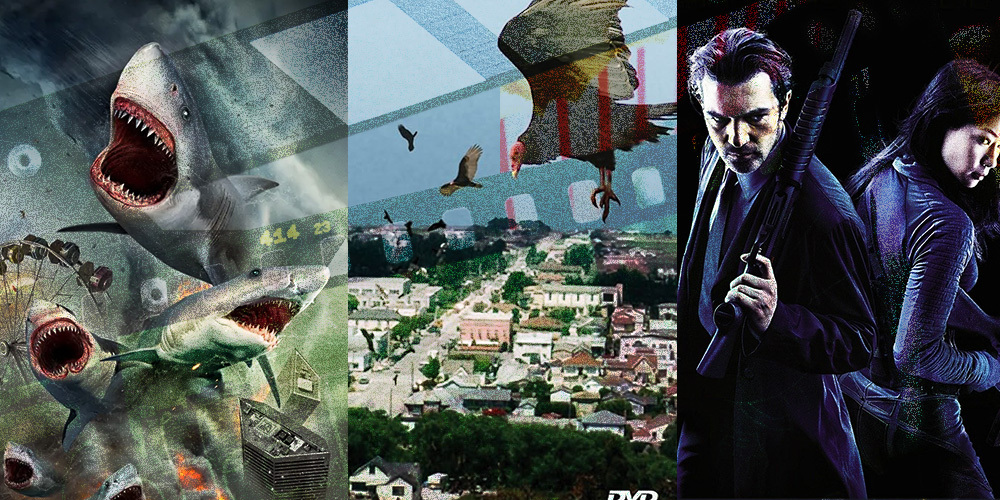
Snakes on a Plane (2006)
Samuel L. Jackson battles venomous snakes on a commercial flight; this over-the-top premise and campy execution made it an instant internet sensation.
Sharknado (2013)
A tornado lifts sharks out of the ocean and drops them on Los Angeles. The absurdity, bad special effects, and self-aware silliness turned this SyFy original into a beloved franchise.
Birdemic: Shock and Terror (2010)
Awkward acting and laughably poor CGI birds transformed it into a comedy classic for midnight screenings.
Ballistic: Ecks vs Sever (2002)
Action clichés, uneven performances from Lucy Liu and Antonio Banderas, and chaotic fight sequences make it unintentionally hilarious.
The Allure of Cinematic Failure:

Ultimately, audiences are drawn to bad films because they are memorable, unpredictable, and alive with imperfection. While blockbuster productions can feel polished but forgettable, movies that fail spectacularly leave a lasting impression. They may not be “good” in any traditional sense, but they are rarely boring. In the end, the worst films often provide the most fun — and remind us that cinema is as much about ambition and human error as it is about artistry.



